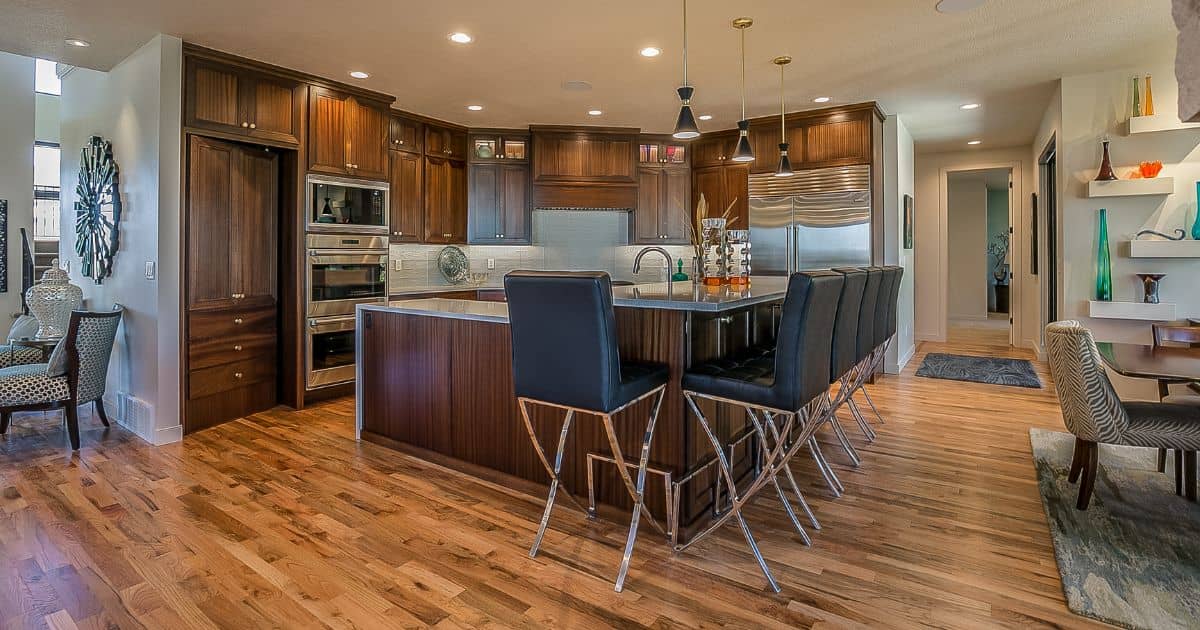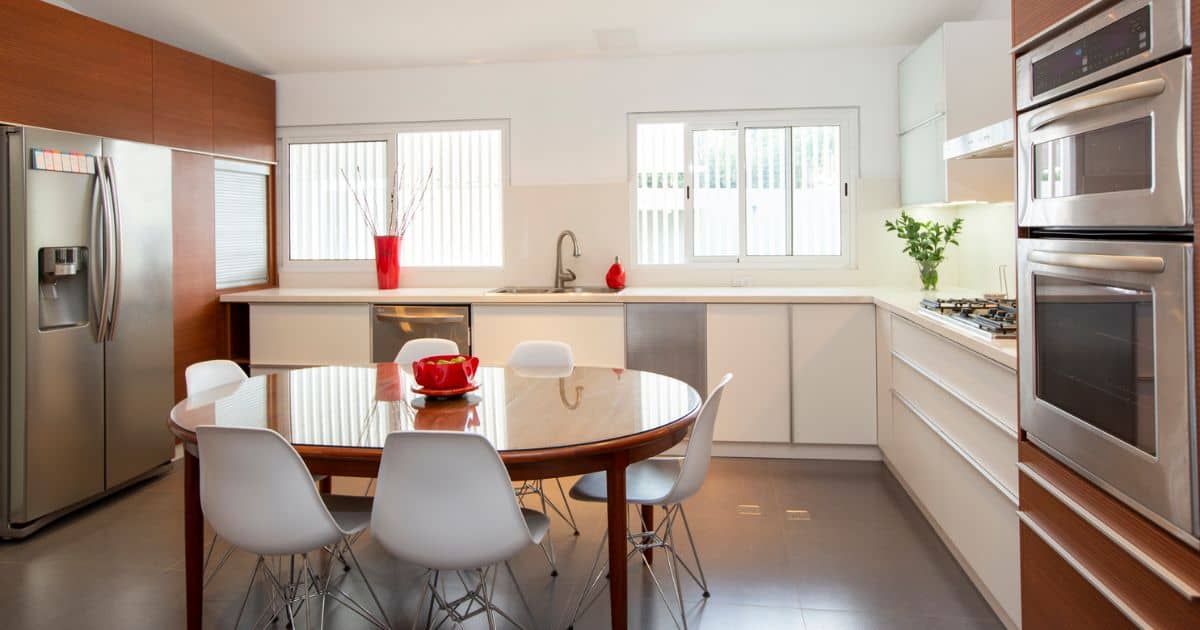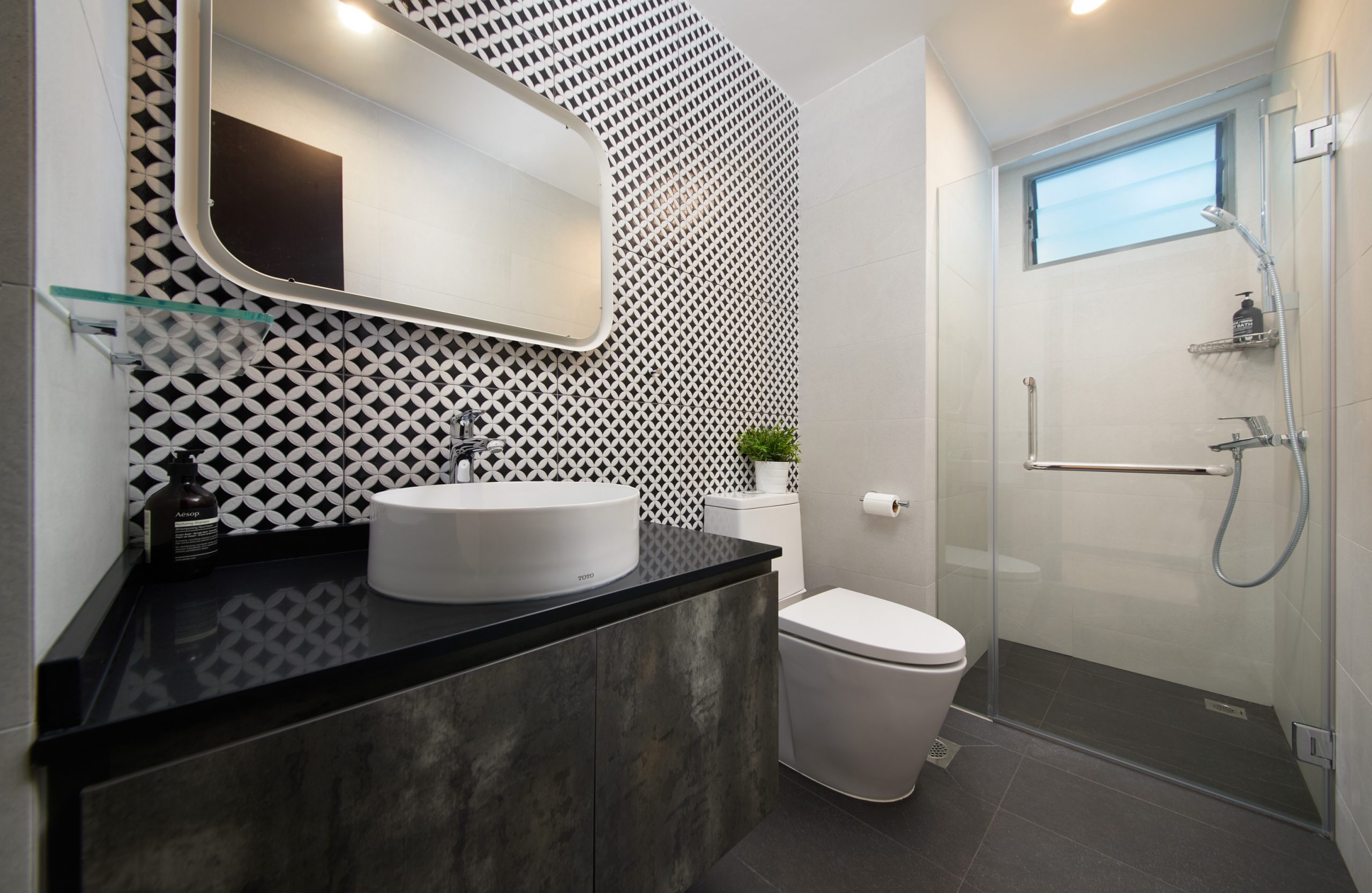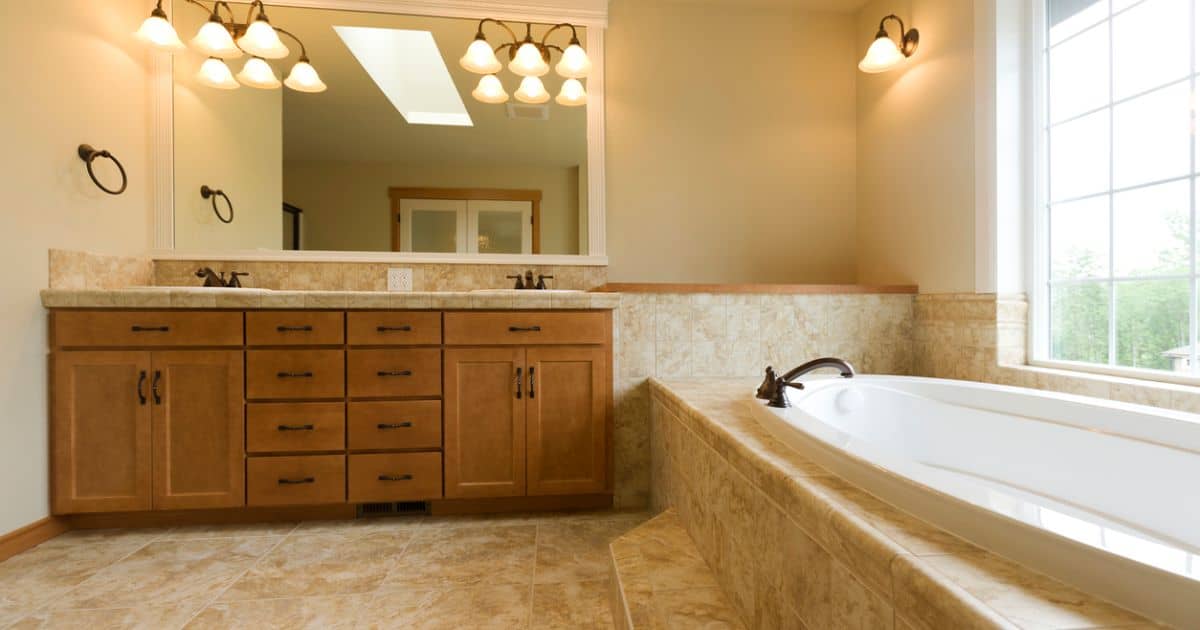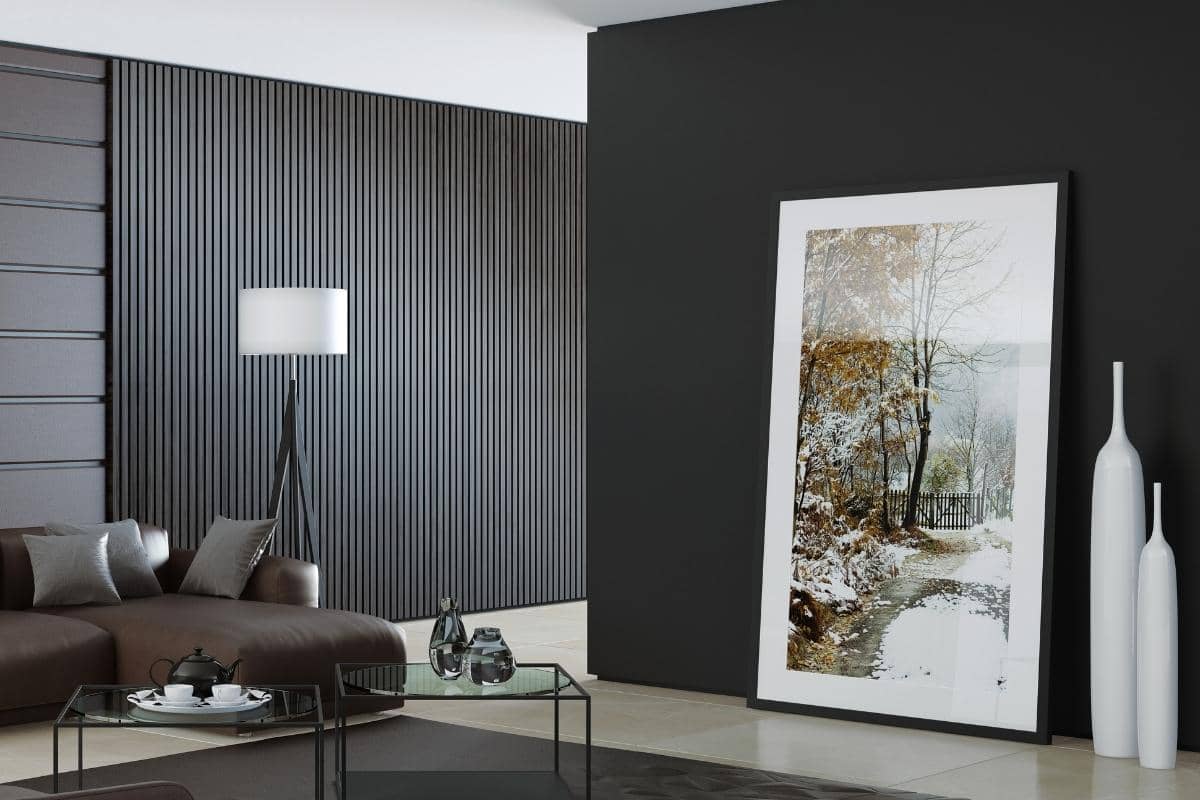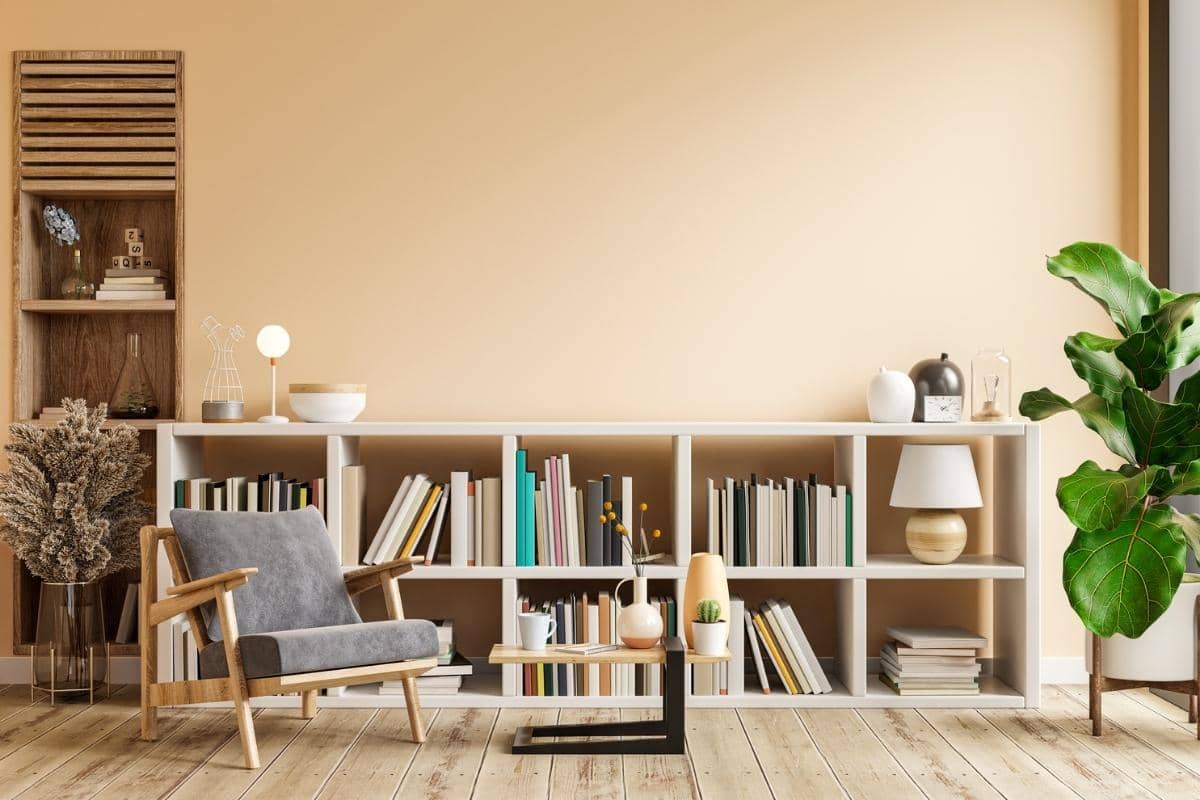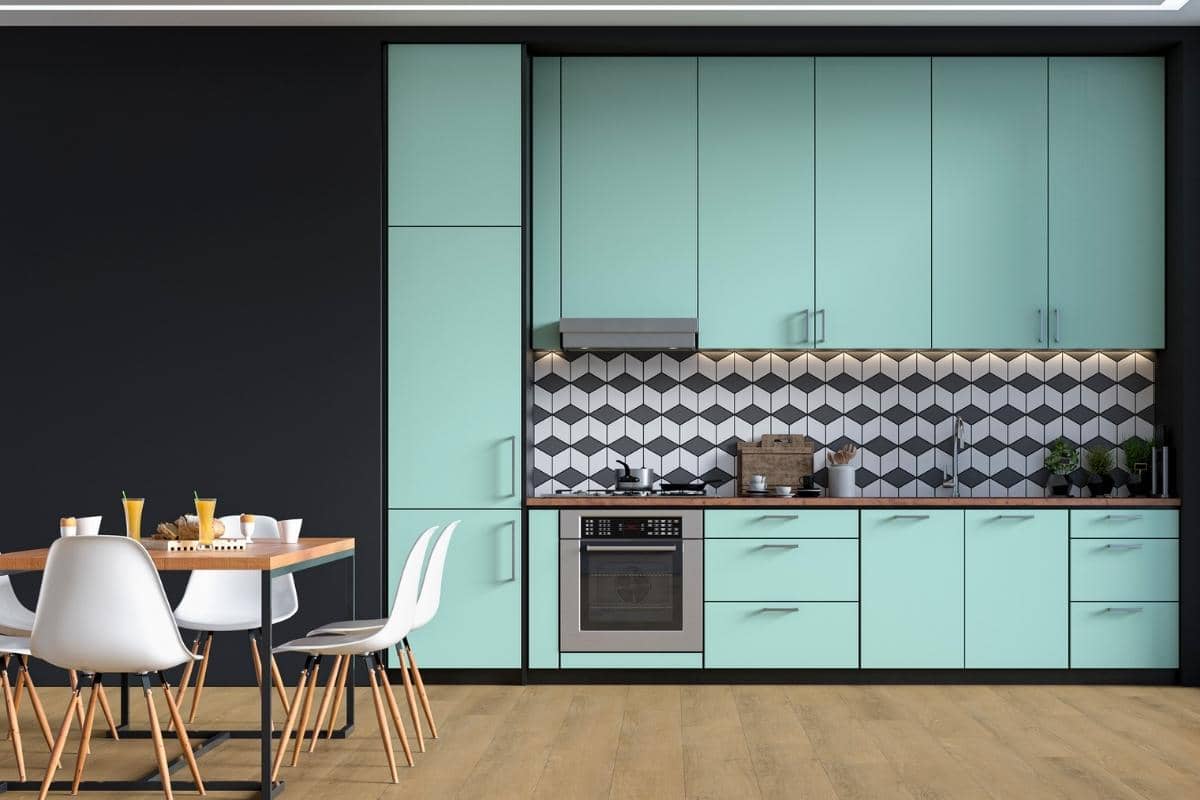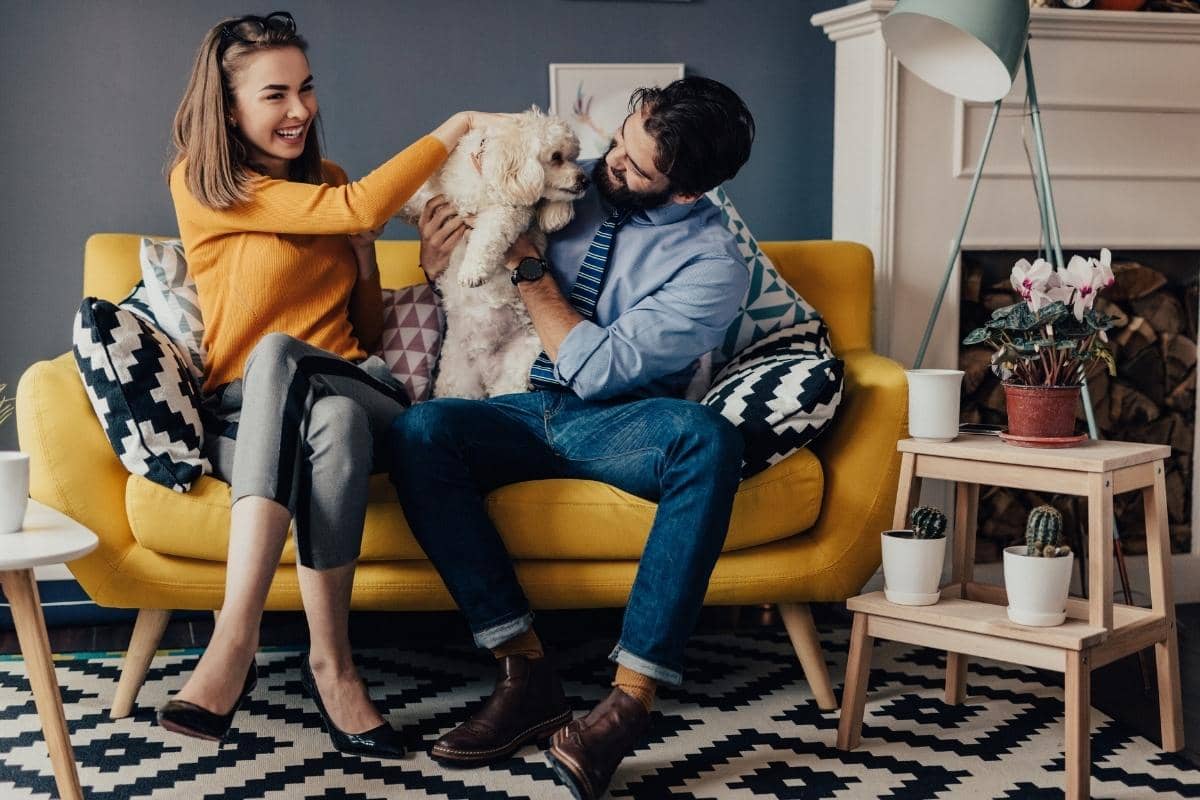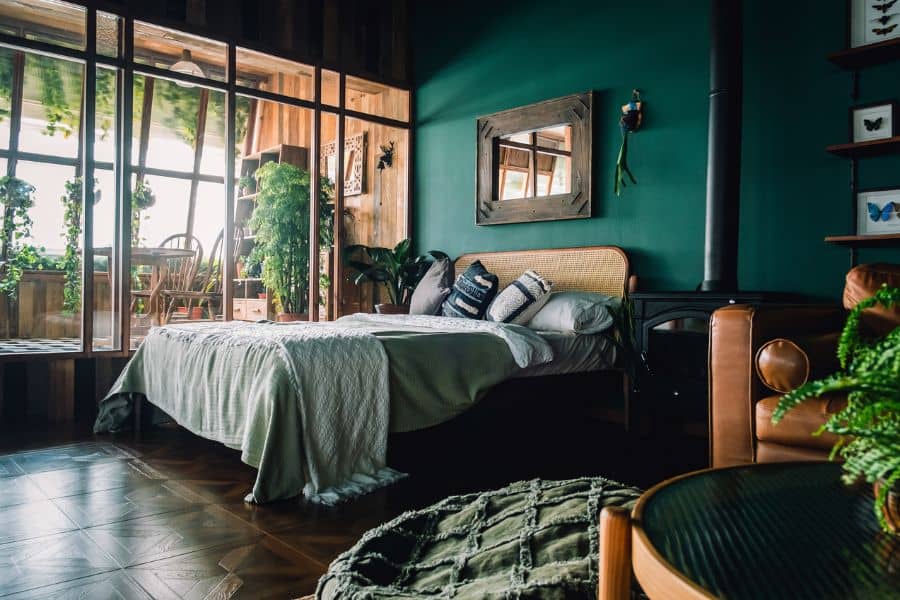Now that you’re inspired by the charming aspects of cluttercore, you’re probably thinking about ways to bring it into your home.
When thinking about cluttercore, focus on the creation of layers and the addition of depth to each room. Cluttercore is mismatched in the best way possible. Bring together different items from different periods or belonging to an array of styles. Find a unifying element or a style – a material, a colour, even a motif. Eccentric is good, colourful is also great. A hodgepodge isn’t something to worry about, especially if these disparate pieces seem to “fit” with each other.
If you’re worried about executing an all-encompassing cluttercore concept, start out small. Creating “pockets” of clutter will make it easier for you to test out the trend and determine if it’s the right one for your home.
Random clutter is just that – clutter. Start out with a table or a shelf featuring lots of pictures or favourite souvenirs. Try to arrange those in a way that makes sense – in a line or in a grouping based on some attribute, for example.
Cluttercore should be joyful, the perfect eye feast. When you start out with a single arrangement, you can begin savouring the excess and thinking of larger ways to bring it into your flat.
Finally, if you have favourite possessions that you’ve kept tucked inside shelves and drawers, you should definitely bring those out.
As already mentioned, cluttercore is about displaying your collection, your most beloved possessions that you’ve kept hidden for the sake of easy cleaning and home maintenance. The more emotionally attached you are to these pieces, the better. Having some sort of connection to items will make it so easy for you to determine the perfect display spot for every single piece.
With time, you’ll see your home evolve just like its cottagecore interior. Some collectables will disappear, others will come to replace them. Go with the flow and enjoy the process. Just remember to make arrangements intentional and to leave lots of clean space. It’s a needed element to let rooms breathe and feel ordered regardless of the excess.
Styling a cluttercore home takes some trial and error. It’s also about finding the quality, beautiful pieces that make sense within the context of your surroundings. Executing such a project, especially if you lack the trained eye of an interior design professional, can be a serious challenge.
Let us help you bring this kind of excitement into your home right now. Contact Home Guide to start out a fun and adventurous transformation. Whether you are looking bring cottagecore to your large spanking 5-room-bto renovation or for a super cosy renovation of your 2-room BTO, we’d be honoured to join you on the journey, helping you bring dreams to reality.
